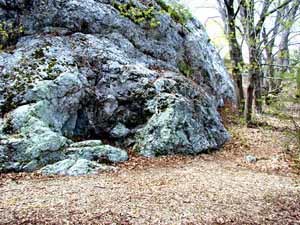King Philip's War
King Philip, known by his Native American name as Metacom, was a sachem of the Wampanoag people. Born in New England in 1683, not much is known about his background and early life and there are no known portraits of him. In 1660, Metacom's brother Wamsutta came before the court of Plymouth colony to have both their name changed to English speaking names. In the Wampanoag tradition, new names of the person or people represented a significant moment in the current time. Metacom changed his name to Philip, later King Philip, after gaining power. This was also likely part of a strategy to meet the challenges of cohabiting with English colonists.
War broke out in 1675, after colonists increased their land seizing, pressuring Philip to respond with violence. Once Philip had threatened the colonists, this gave the English a pretext to force the Wampanoag to hand over weapons. King Philip denied the request. As tensions rose, Native people across eastern New England began working together, attacking colonies and enemy Natives. Colonists esponded with multiple attacks on Wampanoag communities and their allies, eventually leading to a deadly war that destroyed colonial settlements and left thousands dead. King Philip was killed at his high counsels' meeting spot known as King Philip's seat in 1676. He is remembered for his heroic resistance against colonialism and preserving his people's autonomy and land.

